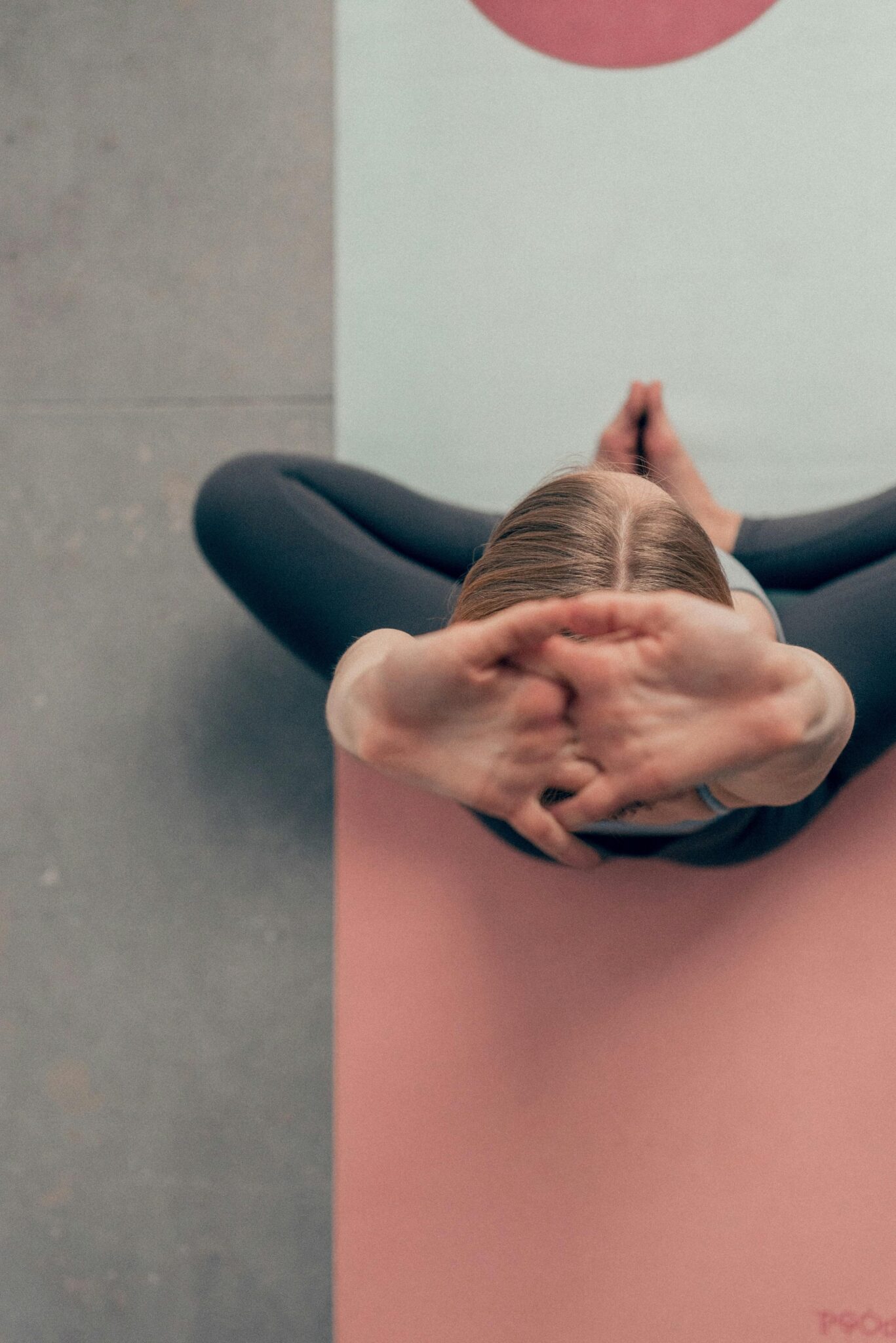In the relentless rush of everyday life, our minds often spiral into a whirlwind of anxious thoughts and endless overthinking. It’s a heavy weight that can leave us feeling disconnected, overwhelmed, and exhausted. But amidst the chaos, there’s a way to find stillness-to gently anchor yourself in the present moment and reclaim a sense of calm. Grounding exercises offer that lifeline, simple yet powerful tools that bring you back to your body, your breath, and the here and now. In this article, we’ll explore how these techniques can help quiet the mental noise, soothe anxiety, and restore balance when your mind feels like it’s running wild. Because sometimes, the greatest peace begins with just a single, mindful breath.
Understanding the Roots of Anxiety and Overthinking to Find Your Calm
At the core of anxiety and overthinking lies a tangled web of fears, uncertainties, and unresolved emotions. Our minds often latch onto worst-case scenarios, creating a relentless loop of “what ifs” that rob us of peace. Understanding these root causes is the first step towards disarming their power. Anxiety often stems from an overactive fight-or-flight response triggered by perceived threats, whether real or imagined. Overthinking serves as a mental hamster wheel, exhausting our energy and leaving us emotionally drained. Recognizing these patterns with compassion-rather than judgment-allows us to gently redirect our focus toward the present moment, a sanctuary where calm lives.
When we unpack the roots of our anxious thoughts, we realize they are rarely about the current moment but about fears grounded in the past or future. This awareness opens the door to change. Simple grounding techniques serve as anchors, pulling us back from spirals of worry and bringing our awareness to tangible sensations around us. Engaging the senses-feeling the texture of a smooth stone, hearing the rustle of leaves, or noticing the rhythm of your breath-can tether your mind, reminding you that you are safe now. Embracing this practice transforms anxiety from a towering storm into a manageable breeze, guiding you gently toward stillness and clarity.
Simple Grounding Techniques You Can Practice Anytime Anywhere
When anxiety starts to spiral, reconnecting with your physical surroundings can act as a gentle anchor to the present moment. These simple techniques aren’t about suppressing feelings but rather about creating a calm space within the chaos. Try pressing your feet firmly into the ground and noticing the sensation beneath them-the coolness of the floor, the texture of the carpet, or the firmness of the earth outside. Another powerful method is to engage your five senses mindfully: identify 5 things you see, 4 things you can touch, 3 sounds you hear, 2 things you can smell, and 1 thing you can taste. This sensory check-in slows the rush of thoughts and brings you home to yourself.
Whenever overwhelm creeps in, these practices can be your silent companions-accessible anytime, anywhere. Carry this list with you:
- Deep breathing: Inhale for 4 seconds, hold for 7, exhale for 8.
- Object focus: Find an object nearby, and study its colors, shapes, and textures.
- Body scan: Slowly move your attention from head to toes, releasing tension with each breath.
- Ground touch: Rest your palm on a table or your lap, feeling the support beneath.
Allow these moments to become your refuge-small acts of kindness to your mind amidst the storm, gently guiding you back to peace and clarity.
How Sensory Awareness Helps Shift Your Mind from Chaos to Peace
When your mind is tangled in a storm of anxious thoughts, sensory awareness acts like an anchor, gently pulling you back to the present moment. By tuning into the sights, sounds, smells, tastes, and textures around you, you momentarily step out of the relentless mental chatter. This shift in focus interrupts the autopilot cycle of worry and overthinking, replacing it with a tangible connection to the here and now. The power lies in the simplicity: engaging your senses invites your brain to engage with reality, calming the emotional turbulence and opening the door to inner peace.
Simple sensory grounding techniques can be both quick and deeply restorative. For example:
- Notice five things you can see-the colors of a flower, the movement of leaves in the breeze.
- Identify four sounds around you-a ticking clock, distant chatter, birdsong, or the hum of a computer.
- Touch three objects-the smoothness of a stone, the softness of a blanket, or the texture of your clothing.
- Inhale two scents deeply-perhaps fresh coffee or a calming essential oil.
- Taste one thing slowly-a sip of water or a small piece of chocolate.
This mindful engagement sharpens your nervous system’s attention away from chaos, gently coaxing your thoughts toward calm clarity and emotional balance.
Creating a Personalized Grounding Routine That Stays With You Through Tough Moments
Developing a grounding routine that truly resonates with you means tapping into the sensory experiences that anchor you in the present moment. Start by exploring activities that engage multiple senses-such as the smell of fresh herbs, the texture of a smooth stone, or the taste of your favorite calming tea. Pay attention to how these small moments make you feel, and *allow yourself* to lean into what feels grounding rather than forcing what “should” work. Personalizing your routine is about honoring your unique rhythm and emotional landscape, embracing simplicity over complexity, and creating a haven that soothes your restless mind.
Once you’ve identified your grounding anchors, craft a flexible ritual that’s easy to remember and perform, even when anxiety tries to pull you under. This might include a quick body scan meditation, a list of comforting affirmations you can whisper, or a gentle breathing exercise paired with a tactile object-like a worry stone or soft fabric. Keep these tools accessible in places where you face stress most-your desk, your car, or your bedside-and revisit them often. Over time, these comforting techniques will weave themselves into your subconscious, becoming a steadfast toolkit that nurtures calm through the toughest moments.
Concluding Remarks
Finding calm in the chaos of anxiety and overthinking isn’t always easy, but grounding exercises offer a gentle, powerful way to reclaim your peace. Remember, it’s okay to take a moment-just a few breaths or a simple sensory exercise-to anchor yourself back to the present. These small acts of mindfulness can ripple out, easing the noise in your mind and helping you feel more steady, more whole. Be patient and kind with yourself as you explore these practices; healing is a journey, not a destination. Whenever anxiety tries to pull you under, return to your breath, your senses, and the here and now-you have the tools to find calm, even in the storm.















